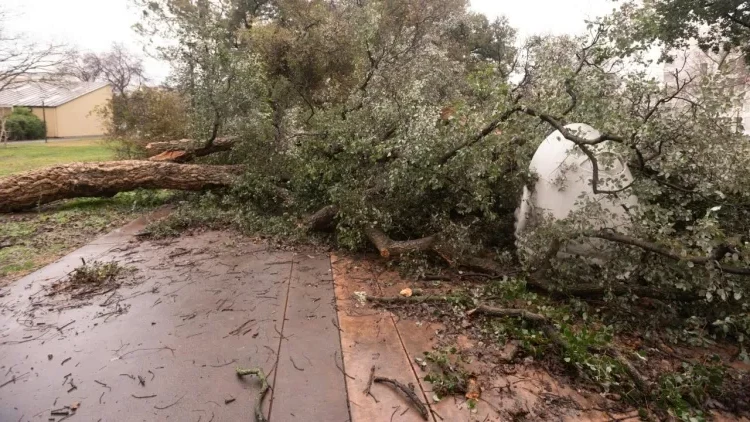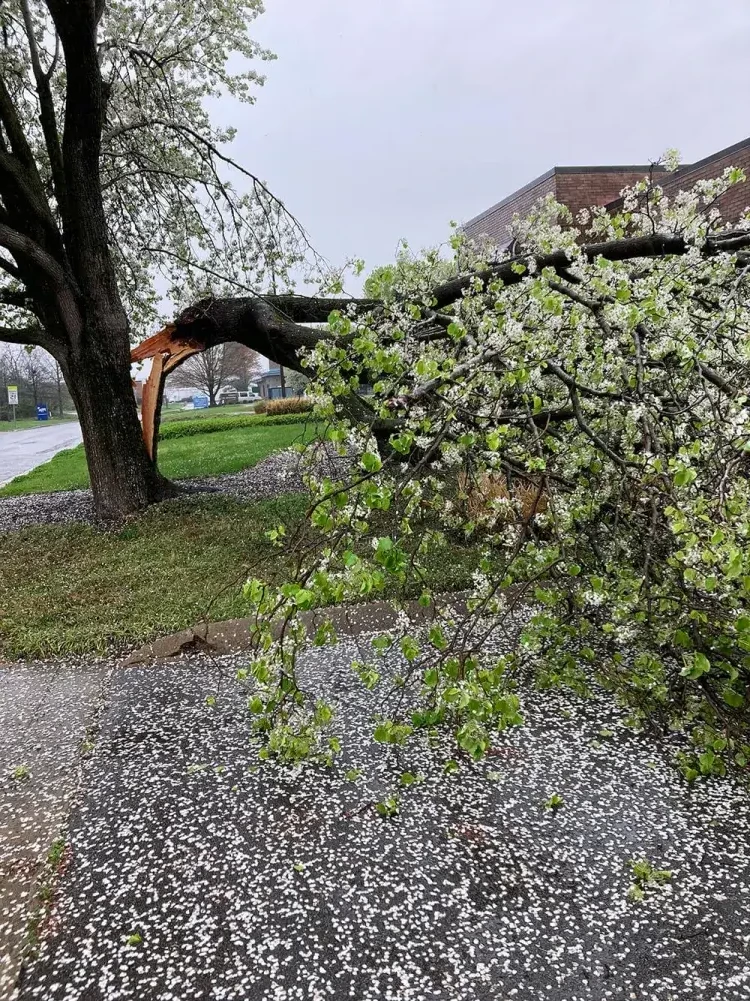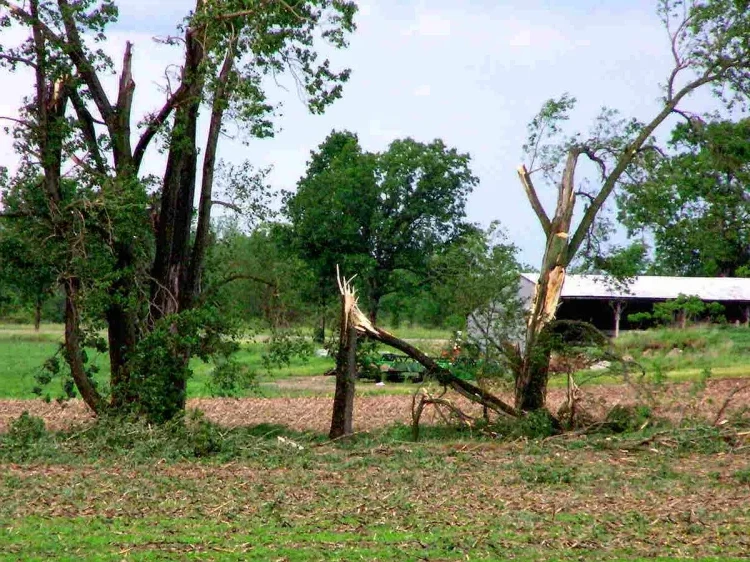After every storm, there are reports of broken or even uprooted trees. And these are not small, weak trees, but big, centuries-old ones. I saw a thousand-year-old elm tree snapped in two by lightning. A sad sight! This proves that tall trees are more vulnerable to the weather. Which tree is fragile during storms and which is the strongest? I tried to make a small classification.
How do you know which tree is fragile during storms?
Apart from a few broken branches, most healthy trees can withstand brief periods of high winds and heavy rainstorms. However, in situations where the soil is waterlogged, the roots can lose their anchorage. Planting a tree for shade or just for decoration requires a soil survey beforehand. This is necessary because in times of heavy rain, the base of the tree may become unstable in soggy soil.
Another factor causing collapse is the push of liquid towards the canopy, which by sucking it in becomes very heavy and prone to overturning.
During its existence, the tree can compromise its root system and then its end is predicted. I will also add that a single tree is much more vulnerable than a few grouped together.
Besides the type of soil, diseases, insect infestations, lack of maintenance and overwatering can also increase the risk of a tree falling during a storm.
Be careful about pruning! On the one hand, it can save damage, but on the other hand, the tree becomes less stable.
Which trees should not be planted near houses?
Trees are a great addition to any garden. They can add shade, privacy and beauty wherever they are planted. Some offer tasty fruit and that’s definitely a plus. But at the same time, there are some disadvantages and having a tree near the house turns out to be a double edged sword. One of the worst things the wind can do in a severe storm is to blow a tree or branch into a window or onto the roof.
A second annoying but less dangerous reason is the dirt and noise that the birds make in their nests.
If you’re looking to reduce the risk of damage to your home before the next storm season, start by replacing the fragile trees in your landscape with stronger, more durable varieties.
Which tree is fragile during storms? – 3 deciduous species
According to certified arborists, planting silver maple should be avoided. Its fast-growing nature and narrow V structure also make it highly susceptible to major damage and failure during windstorms and heavy wet snowfalls early and late in the season.
In summer, the silver maple prefers moist soil and if you water it frequently, the soil around the trunk may become soggy and loose during storms. There is a high risk that the tree will collapse, although it usually lives up to 250 years and reaches a height of 35 m/114 ft.
Amazed by its white crown in the spring and its rapid spread, you decide to grow the Bradford pear tree (Pyrus calleryana). Stop! Despite the opulent display it presents as an ornamental species, it is a tall, slender tree that has several drawbacks: smelly berries, invasive nature, attraction to insects. It is fragile too, and when grown in an outdoor yard, this variety of pear tree has weak branches.
In recent years, severe storms causing enormous damage to the environment have become frequent. The factors are many and complex, and Europe is not spared.
Although the destruction of old trees is not something we want to see, it is in fact something we should expect in the next few years.
Most trees knocked during storms are beeches (Fagus sylvatica). It is a species with a shallow root system, which makes it more susceptible to wind damage.
Are conifers afraid of wind?
It happens that tornadoes easily rip out pine trees. Why? Because of their shallow root system, drainable soil and height. All this together creates disaster. If you add the scarce foliage in winter, the chances of resisting the wind decrease.
Can the damage be prevented?
Plants on which the wind constantly blows mercilessly can develop wilted leaves and brown edges from desiccation. They need the protection of a fence or a winter cover.
When it comes to trees, pruning is an effective method to prevent wind damage.
- Trim the canopy of the tree so that the wind passes through. You can achieve this by removing some of the main branches.
- Raise the crown by removing the lower branches.
- Lower the crown by shortening the upright branches. In addition to these methods of reducing crown size and density, remember that branches with a tight crotch angle break easier in times of strong winds than those with wider angles.






